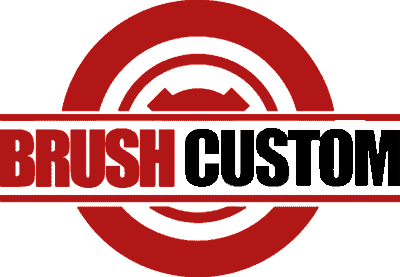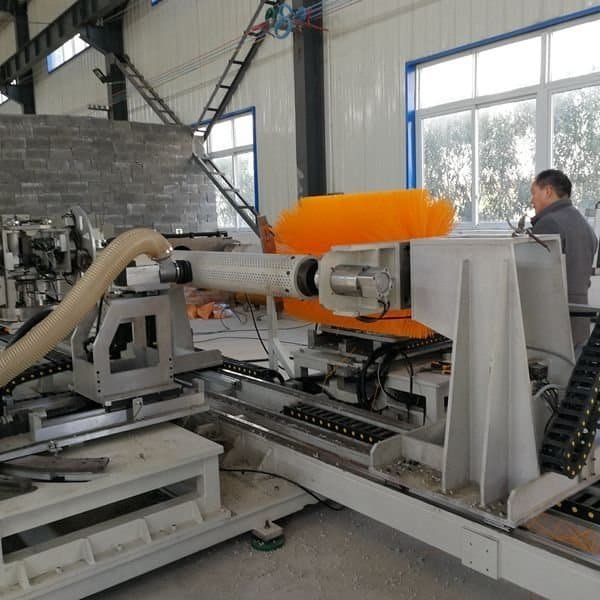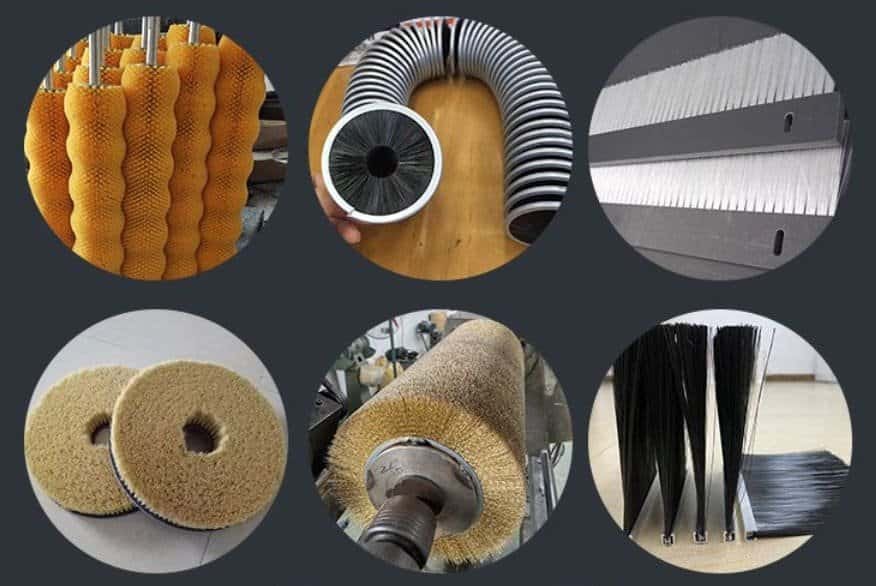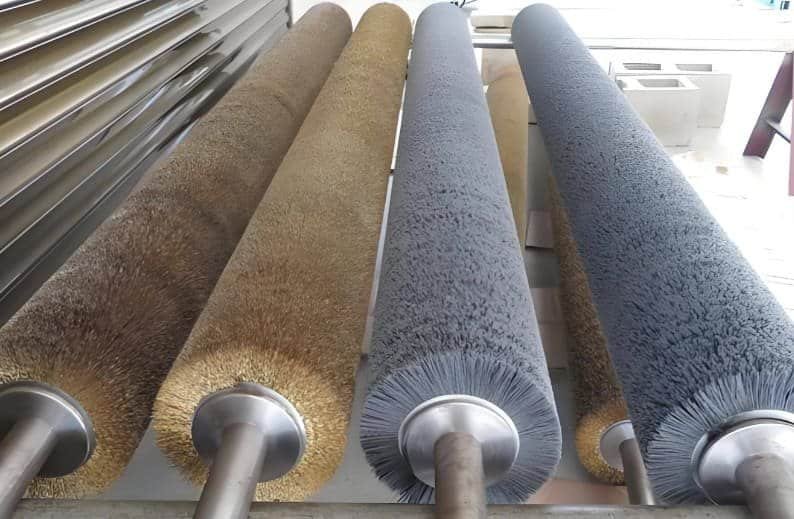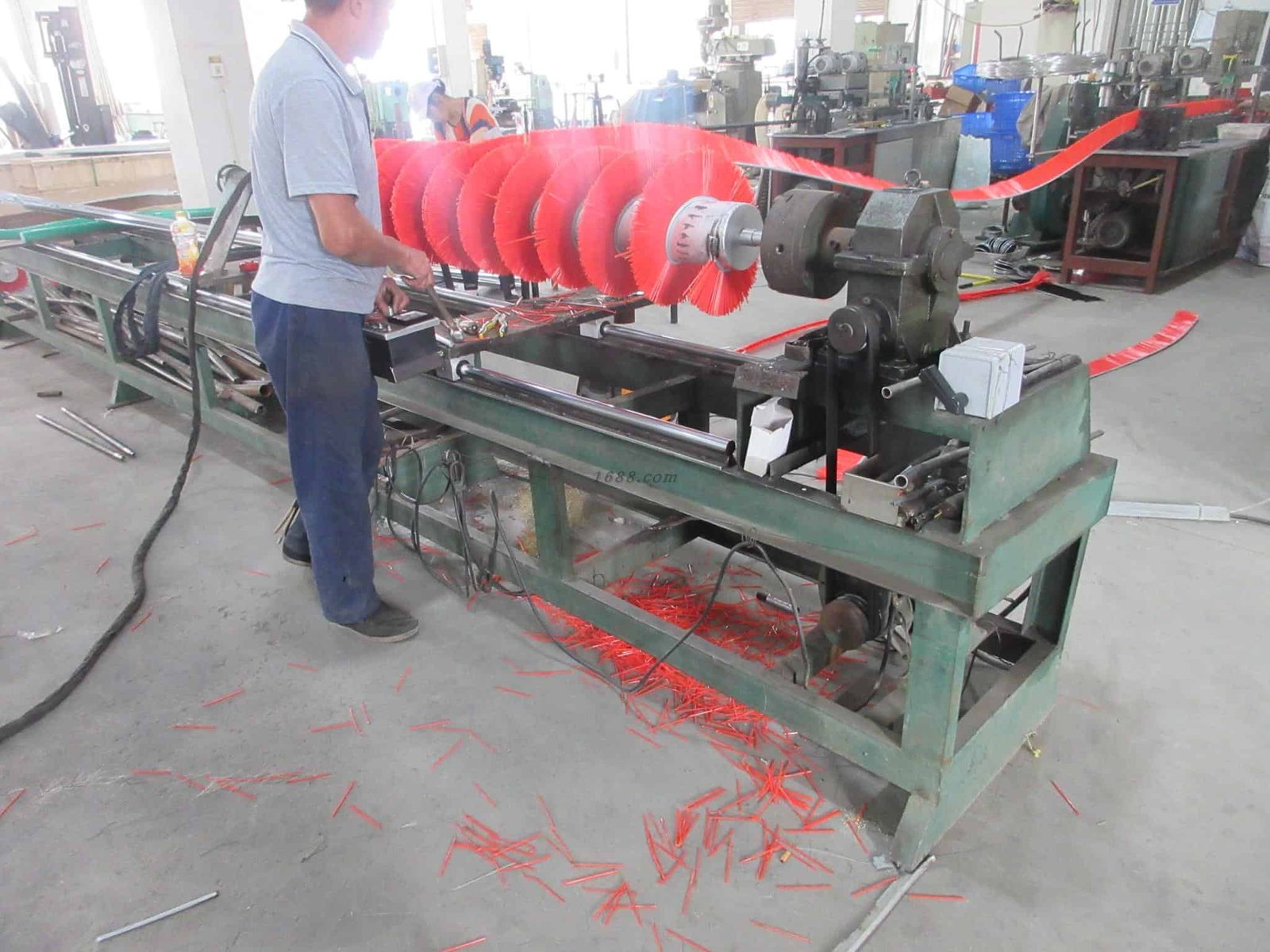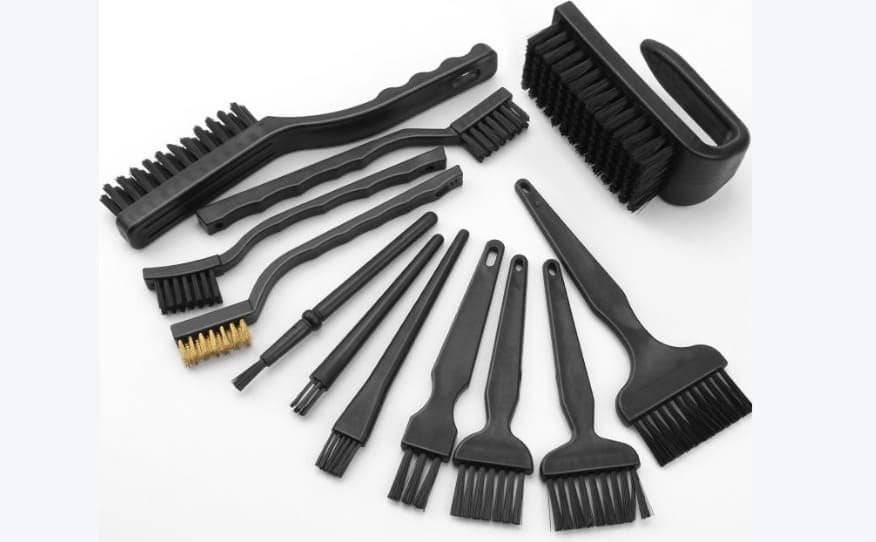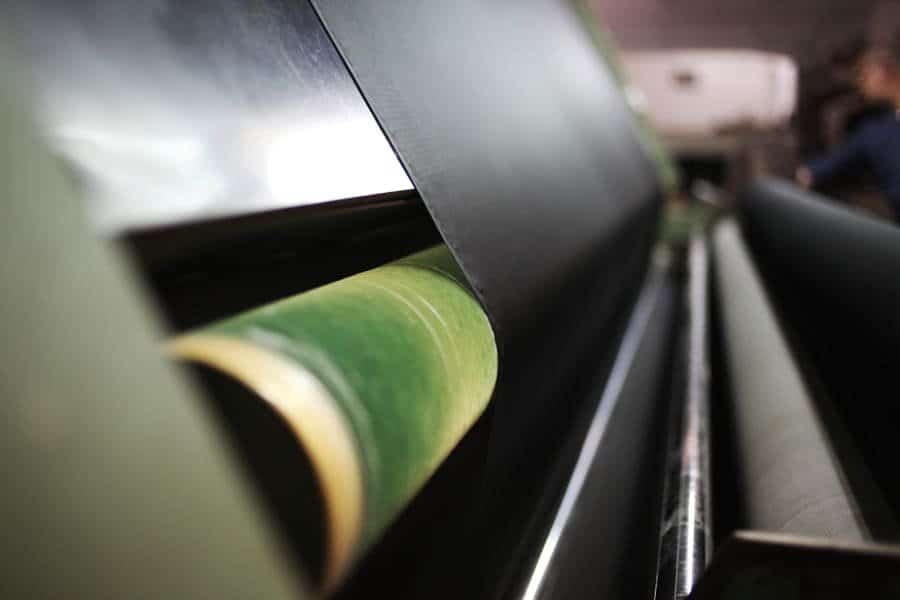Industrial brushes serve as critical tools across numerous manufacturing sectors, from automotive and food processing to electronics and pharmaceuticals. These specialized brushes perform essential functions including cleaning, deburring, polishing, sealing, and material handling. Selecting the appropriate industrial brush type can significantly impact operational efficiency, product quality, and equipment longevity. This comprehensive guide examines the major types of industrial brushes, their specific applications, and selection criteria to help you identify the optimal brush solution for your industrial requirements.
What Are Industrial Brushes?
Industrial brushes are specialized tools designed for large-scale applications across manufacturing, processing, and maintenance operations. Unlike consumer brushes, industrial brushes are engineered with specific filament materials, densities, and configurations to withstand demanding environments and perform specialized functions. These brushes feature cores or backings made from materials such as metal, plastic, or wood, with bristles composed of synthetic fibers, natural materials, or metal wires depending on the intended application.
The design of industrial brushes varies significantly based on their purpose. Some are created for aggressive surface preparation, while others are engineered for gentle cleaning of delicate components. The versatility of industrial brushes makes them indispensable across virtually every manufacturing sector, where they contribute to product quality, operational efficiency, and workplace safety.
1. Wheel Brushes
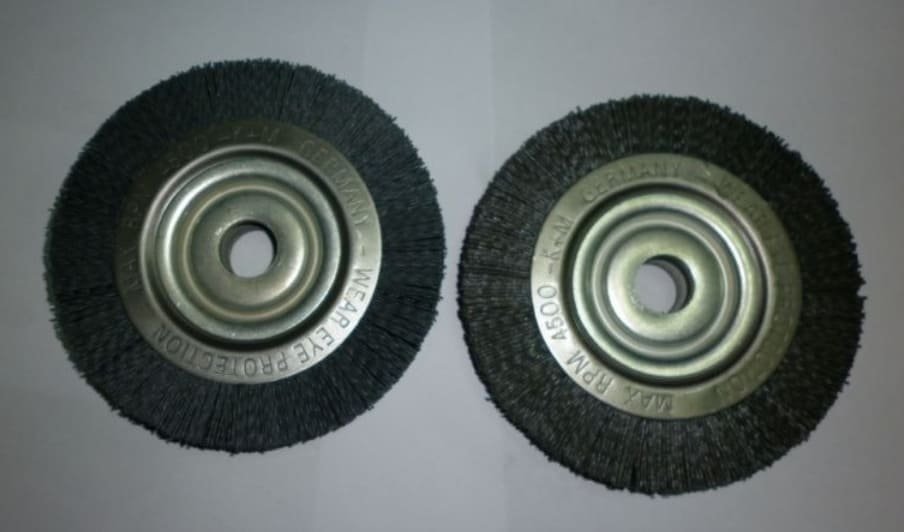
Wheel brushes feature bristles arranged around the outer edge of a circular core, designed for applications requiring straight-line brushing action. These brushes excel in surface finishing operations where consistent contact with flat or contoured surfaces is necessary.
Common Applications:
- Deburring machined parts and components
- Removing paint, rust, and scale from metal surfaces
- Polishing and finishing metal fabrications
- Cleaning welds and preparing surfaces for coating
- Edge blending and surface preparation
Industries:
- Automotive manufacturing
- Metal fabrication and machining
- Aerospace component production
- Industrial equipment maintenance
- Shipbuilding and marine applications
Materials and Construction
Wheel brushes utilize various filament materials to address specific application requirements:
- Carbon steel wire – Offers excellent stiffness for aggressive cleaning and deburring
- Stainless steel wire – Provides corrosion resistance for wet environments
- Brass wire – Non-sparking and softer for delicate surfaces
- Nylon abrasive – Combines flexibility with abrasive properties for finishing
The density, length, and arrangement of the bristles determine the brush’s aggressiveness and finishing capabilities. Wheel brushes are available with various mounting options, including arbor holes, threaded inserts, and quick-change adapters for compatibility with different power tools and machinery.
2. Cup and End Brushes
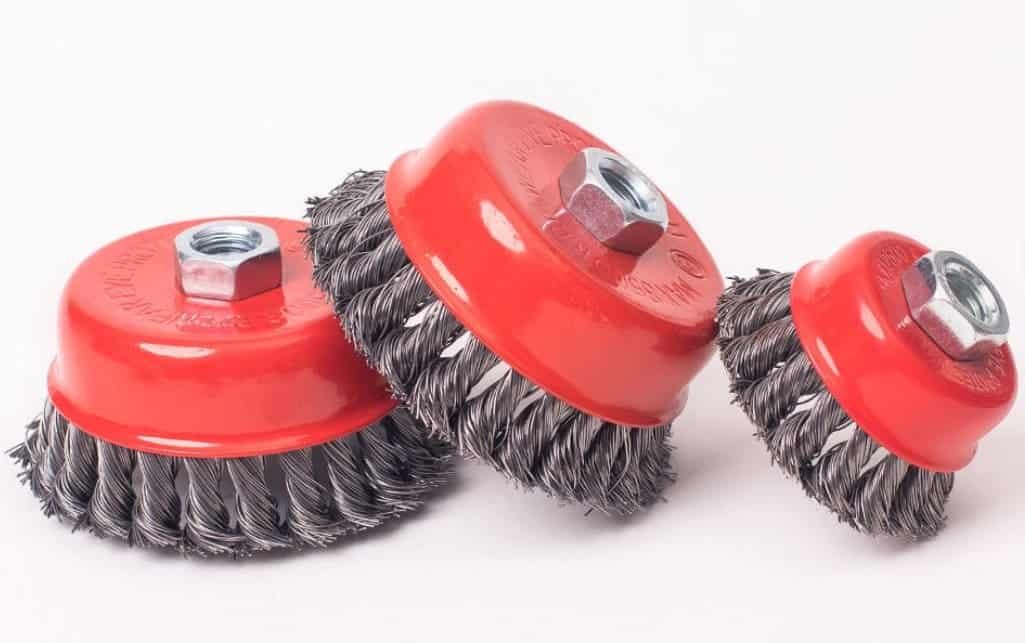
Cup and end brushes are smaller, more specialized variants designed for focused brushing action in confined spaces. Cup brushes feature bristles arranged in a cup-like formation, while end brushes have bristles extending parallel to the axis of rotation.
Cup Brushes:
Cup brushes feature bristles arranged perpendicular to the rotation axis in a cup-shaped configuration. This design concentrates brushing action on a specific area, making them ideal for:
- Cleaning irregular surfaces and recessed areas
- Removing rust and scale from corners and joints
- Preparing weld seams for inspection or coating
- Deburring drilled holes and openings
End Brushes
End brushes feature bristles extending parallel to the rotation axis, allowing for precise application in hard-to-reach areas. They excel at:
- Cleaning internal bores and cylinders
- Deburring small parts with complex geometries
- Polishing intricate components and detailed work
- Accessing confined spaces inaccessible to larger brushes
Materials and Mounting Options
Both cup and end brushes are available with various filament materials including steel wire, brass, nylon, and abrasive-impregnated synthetics. They typically feature threaded mounting systems for use with angle grinders, die grinders, and drill motors, allowing for versatile application across maintenance and manufacturing operations.
3. Cylinder Brushes
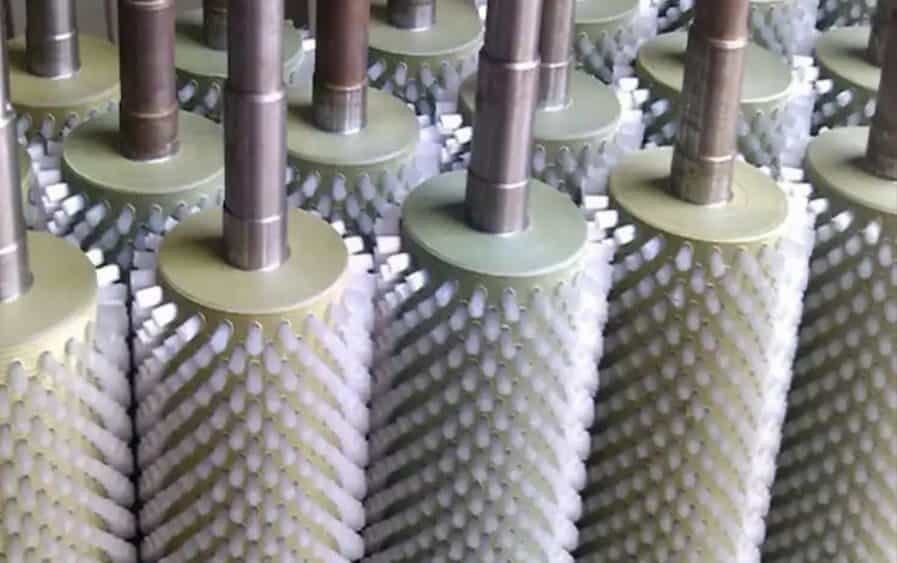
Cylinder brushes, also known as roller brushes, consist of bristles arranged around a cylindrical core. These versatile brushes are designed for continuous rotary action and are frequently used in conveyor systems, automated equipment, and processing lines.
Key Applications
Manufacturing Uses:
- Conveyor belt cleaning and maintenance
- Product transport and orientation
- Surface preparation and finishing
- Dust and debris removal from components
- Application of coatings and treatments
Processing Applications:
- Food processing (vegetable washing, de-skinning)
- Textile industry (fabric cleaning, lint removal)
- Printing operations (paper handling, ink removal)
- Pharmaceutical production (tablet de-dusting)
- Glass manufacturing (edge polishing, cleaning)
Construction and Customization
Cylinder brushes feature a central core (typically metal or plastic) with bristles secured through various methods including staple-set, channel-set, or spiral-wound configurations. The core often includes mounting provisions such as arbor holes, keyways, or shaft collars for integration with machinery.
These brushes can be highly customized with specific:
- Bristle materials (polypropylene, nylon, wire, natural fibers)
- Bristle density and pattern (full coverage or sectioned)
- Bristle length and stiffness for particular applications
- Core materials suitable for specific environments
- Diameter and length dimensions to fit exact equipment specifications
4. Strip Brushes
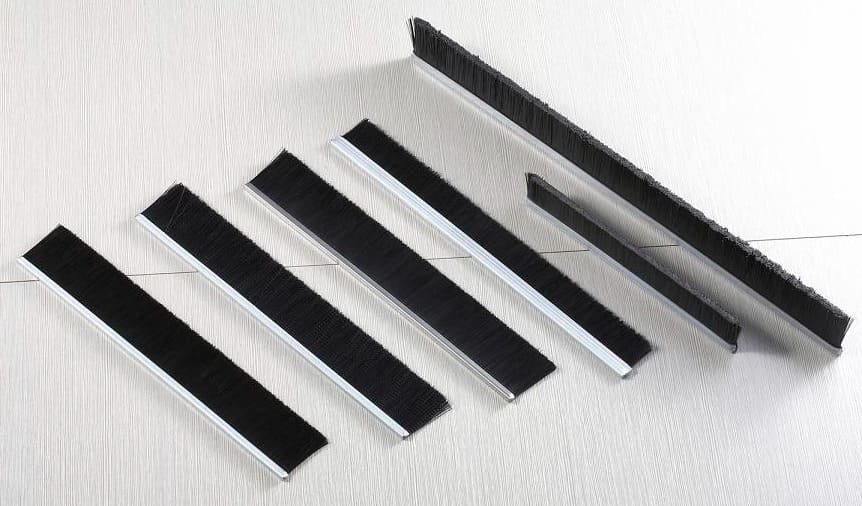
Strip brushes consist of bristles secured in a narrow channel or holder, creating a linear brushing element that can be mounted in straight runs or formed into custom shapes. Their versatile design makes them ideal for sealing, guiding, and cleaning applications across numerous industries.
Applications and Benefits
Common Uses:
- Creating dust and debris barriers around equipment
- Sealing gaps in machinery and processing lines
- Guiding products on conveyor systems
- Applying liquids or removing excess materials
- Static control and dissipation in sensitive processes
Key Advantages:
- Highly customizable length and mounting options
- Can be formed into curves, circles, or special shapes
- Easy replacement of worn sections without full system removal
- Available in FDA-compliant materials for food processing
- Effective in both static and dynamic applications
Materials and Mounting Systems
Strip brushes utilize various filament materials including nylon, polypropylene, natural fibers, and metal wires. The holding channel is typically aluminum, stainless steel, or plastic, with mounting options including:
- T-slot channels for sliding into compatible frames
- Bolt-down channels for permanent installation
- Clip-on systems for quick replacement
- Adhesive-backed channels for simple mounting
The versatility of strip brushes makes them one of the most widely used industrial brush types, with applications ranging from simple door seals to complex automated manufacturing systems.
5. Maintenance Brushes
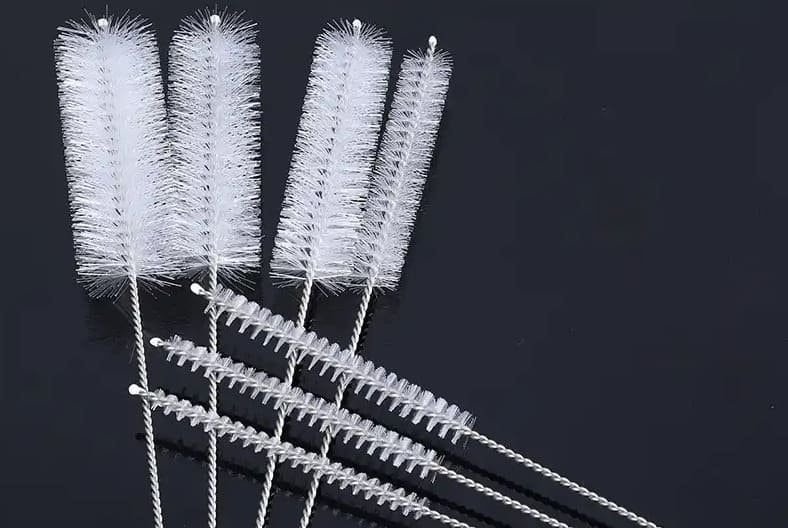
Maintenance brushes encompass a diverse category of specialized brushes designed for cleaning, maintaining, and servicing industrial equipment and components. These brushes are essential for preventive maintenance programs and equipment longevity.
Types of Maintenance Brushes
Tube and Pipe Brushes:
Designed for cleaning internal surfaces of tubes, pipes, and cylinders. Features include:
- Twisted wire stems with radial bristles
- Sized to match specific tube diameters
- Available with extension handles for deep cleaning
- Bristle materials suited for specific contaminants
Power Brush Tools:
Designed for use with power tools to increase cleaning efficiency:
- Drill-mounted brushes for rotary cleaning action
- Reciprocating tool brushes for linear scrubbing
- Specialized attachments for equipment-specific cleaning
- Abrasive-impregnated versions for stubborn deposits
Applications and Industries
Maintenance brushes serve critical functions across numerous industries:
- Manufacturing – Cleaning machine tools, conveyors, and production equipment
- Food Processing – Sanitizing processing equipment and transfer systems
- Pharmaceutical – Cleaning validation and equipment maintenance
- Automotive – Engine component cleaning and parts preparation
- Energy – Maintaining heat exchangers, boilers, and cooling systems
The proper selection and use of maintenance brushes contribute significantly to equipment reliability, reduced downtime, and extended service life of industrial assets.
Selecting the Right Industrial Brush
Choosing the appropriate industrial brush requires careful consideration of multiple factors to ensure optimal performance and longevity. The following selection criteria will help you identify the most suitable brush for your specific application:
Application Requirements
- Surface type and material composition
- Desired outcome (cleaning, finishing, deburring)
- Required aggressiveness or gentleness
- Speed and production rate requirements
- Wet or dry operation conditions
Environmental Factors
- Operating temperature range
- Chemical exposure considerations
- Moisture and humidity levels
- Regulatory compliance requirements
- Contamination control needs
Operational Considerations
- Mounting and installation constraints
- Power source and drive mechanism
- Maintenance accessibility
- Expected service life requirements
- Replacement and cost considerations
Filament Material Selection Guide
| Filament Material | Characteristics | Best Applications | Limitations |
| Nylon | Excellent wear resistance, good chemical resistance, available in various stiffness levels | General cleaning, dust removal, liquid application, gentle scrubbing | Limited heat resistance, absorbs moisture |
| Polypropylene | Outstanding chemical resistance, moisture-resistant, economical | Food processing, chemical handling, wet applications | Lower abrasion resistance than nylon, limited heat resistance |
| Steel Wire | High stiffness, excellent durability, good for aggressive applications | Deburring, rust removal, heavy cleaning, weld preparation | Can damage delicate surfaces, susceptible to corrosion |
| Stainless Steel Wire | Corrosion-resistant, maintains stiffness in wet environments | Food processing, pharmaceutical, corrosive environments | Higher cost, slightly less aggressive than carbon steel |
| Natural Fibers | Gentle action, good liquid absorption, biodegradable | Polishing, dusting, liquid application, delicate surfaces | Limited durability, susceptible to bacterial growth |
| Abrasive Nylon | Combines flexibility with abrasive action, consistent performance | Surface finishing, light deburring, cleaning with mild abrasion | Higher cost, less aggressive than wire brushes |
Real-World Industrial Brush Applications
Industrial brushes perform critical functions across numerous manufacturing and processing operations. The following examples illustrate how different brush types solve specific industrial challenges:
Food Processing
A major fruit processing facility utilizes cylinder brushes with FDA-compliant polypropylene bristles to clean and polish apples before packaging. The brushes remove dirt and residue while minimizing fruit damage. Additional strip brushes create protective barriers between conveyor sections, preventing fruit from falling between transfers.
Automotive Manufacturing
An automotive parts manufacturer employs wheel brushes with crimped steel wire for deburring engine components after machining. The brushes effectively remove sharp edges and burrs while maintaining critical part dimensions. Cup brushes are subsequently used for detailed cleaning of internal passages and hard-to-reach areas.
Electronics Production
A circuit board manufacturer uses anti-static strip brushes to remove dust particles from boards prior to component placement. The specialized conductive filaments prevent static discharge that could damage sensitive electronic components. Maintenance brushes are also employed for regular cleaning of assembly equipment.
Maintenance and Care of Industrial Brushes
Proper maintenance extends brush life and ensures consistent performance:
- Regularly clean brushes to remove accumulated debris and contaminants
- Inspect for wear patterns and replace brushes before performance deteriorates
- Store brushes properly to prevent bristle deformation and damage
- Follow manufacturer recommendations for maximum operating speeds
- Consider brush rotation direction to optimize performance and longevity
Conclusion
Industrial brushes represent a diverse and essential category of tools that contribute significantly to manufacturing efficiency, product quality, and equipment maintenance. From aggressive deburring with wire wheel brushes to gentle cleaning with natural fiber maintenance brushes, the right brush selection can dramatically impact operational outcomes.
When selecting industrial brushes, consider not only the immediate application requirements but also factors such as environmental conditions, regulatory compliance, and long-term performance needs. Working with Brushcustom, We can provide valuable insights into optimal brush design and material selection for your specific industrial challenges.
